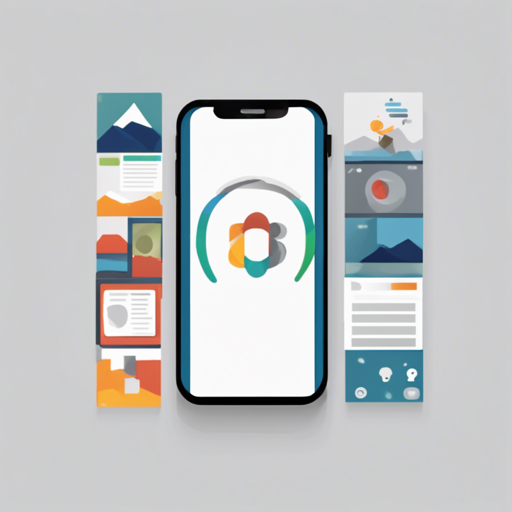In today’s mobile-centric world, managing screen orientation is essential for enhancing user experience across different devices. Whether you’re developing for iOS, Android, or Windows UWP, the Cordova Screen Orientation Plugin simplifies the process of setting and locking the screen orientation accurately. This guide will take you through the steps to implement this plugin effectively.
What is the Cordova Screen Orientation Plugin?
The Cordova Screen Orientation Plugin allows developers to lock the screen orientation in a standardized way across various platforms. It leverages the Screen Orientation API to maintain consistency with the current specifications.
Installation
To get started, you need to install the plugin. Open your terminal and run the following command:
bash
cordova plugin add cordova-plugin-screen-orientation
Supported Orientations
The plugin supports several orientations, allowing you to customize the user experience according to your app’s needs:
- portrait-primary: Primary portrait mode.
- portrait-secondary: Secondary portrait mode.
- landscape-primary: Primary landscape mode.
- landscape-secondary: Secondary landscape mode.
- portrait: Either portrait-primary or portrait-secondary.
- landscape: Either landscape-primary or landscape-secondary.
- any: All orientations are supported.
Usage
To set the screen orientation, you can use the following JavaScript commands:
- To lock the device to landscape mode:
javascript
screen.orientation.lock('landscape');
javascript
screen.orientation.unlock();
javascript
console.log('Orientation is ' + screen.orientation.type);
Handling Orientation Changes
To respond to orientation changes on both Android and iOS, you can listen for the orientationchange event:
javascript
window.addEventListener('orientationchange', function() {
console.log(screen.orientation.type); // e.g. portrait
});
Analogous Explanation of Code Functionality
Think of your app as a room where the interior layout can change based on the guests that come in. The room has a magical feature – it can present itself in various orientations. Now, locking an orientation is like deciding if the room should always have furniture arranged in a certain way (landscape with sofas and tables) or whether to keep it flexible allowing guests to rearrange the furniture as they like (unlocking). By using commands like screen.orientation.lock('landscape') and screen.orientation.unlock(), you control how your room is presented to the guests based on their needs.
Troubleshooting
If you encounter issues, here are some tips that may help:
- Ensure that you have correctly installed the plugin. Run
cordova plugin listto verify. - Check for device compatibility, as some platforms may not support certain orientation changes.
- For Android, understand that the
screen.orientationproperty will not update during a 180-degree rotation. - For Windows UWP, ensure your device has an accelerometer; otherwise, orientation changes may not be reflected.
For more insights, updates, or to collaborate on AI development projects, stay connected with fxis.ai.
Conclusion
We have covered how to set up and implement screen orientation in your Cordova application effectively. This functionality enhances user experience by adapting to different device orientations. At fxis.ai, we believe that such advancements are crucial for the future of AI, as they enable more comprehensive and effective solutions. Our team is continually exploring new methodologies to push the envelope in artificial intelligence, ensuring that our clients benefit from the latest technological innovations.

